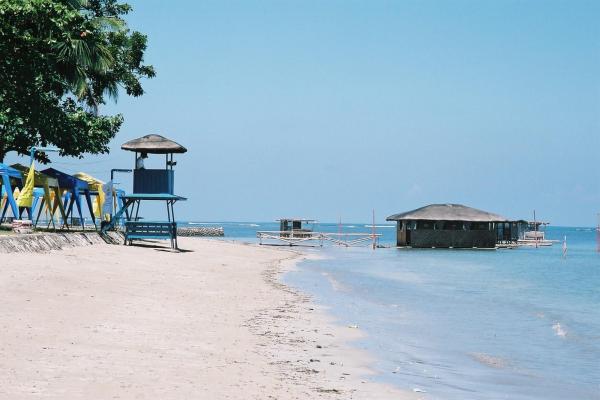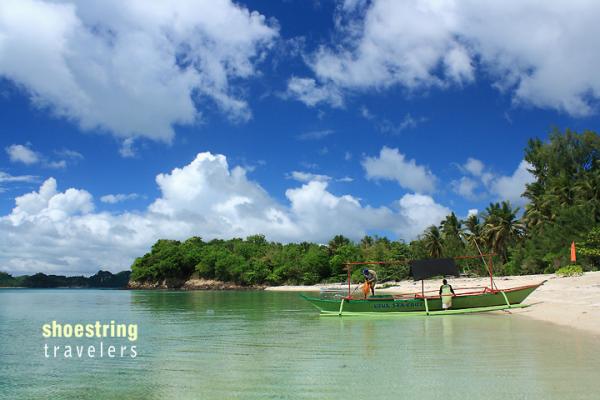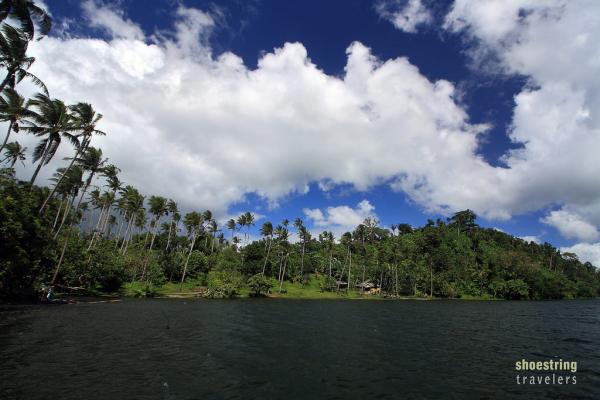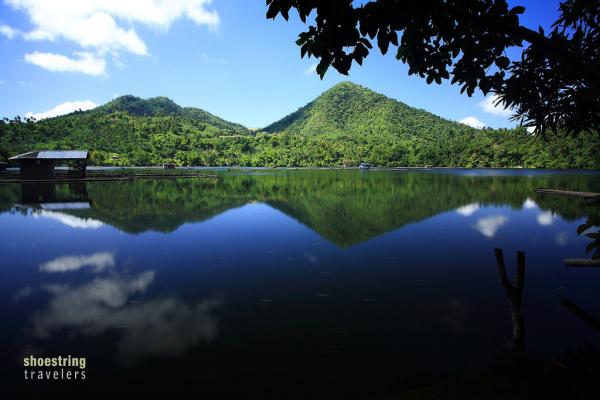
Matabungkay Beach in Batangas
by Jane Dacumos on February 4, 2016The Philippines is known for its wonderful beaches and world-class leisure activities. Thousand of spots from different places are frequented by tourists, local and foreign alike, to spend vacation and have an easy escape to the bustling environ of the city. In Batangas, Matabungkay Beach is one of its proudest attractions that has been favorite destination for many locals.
» Read More

Fascinating Dampalitan Beach of San Pedro, Quezon
by Rjay Reyes on January 25, 2016White beaches are common in the province of Quezon, especially in Padre Burgos where there are three white beaches, namely Borawan (a combination of Boracay and Palawan), Putting Buhangin (tagalog for white beach) and Dampalitan, a simple creamy white beach which boasts a long stretch of shoreline and perfect for visitors on a budget because they can just set up a camp before discovering the other islands around.
» Read More

Corregidor Island: One of the Most Significant Places in History
by Jhaypee Guia on January 7, 2016Corregidor is the largest of the five islands guarding the entrance to Manila Bay. A tadpole-shaped isle, Corregidor was once a mere fishing village with a lighthouse and signal station for all ships entering and leaving Manila Bay.
» Read More

LAKES PANDIN AND YAMBO
by J.P. Leo Castillo on December 18, 2015Lake Pandin is located about a kilometer away from the national road going to Nagcarlan (Werner Schetelig Ave.). There is a signboard along the road that’s hard to miss. If you’re taking a private vehicle to get here you can leave your car at the parking lot beside the signboard and follow the trail to the lake.
» Read More

LAKES MOHIKAP AND PALAKPAKIN
by J.P. Leo Castillo on December 17, 2015On the surface, Lakes Sampaloc, Bunot, Pandin, Yambo, Palakpakin, Mohikap and Calibato look just like any ordinary lake. But as a geologist friend told us, these lakes are maars or volcanic craters formed when hot magma from underneath the earth’s surface pushes up and comes into contact with water causing eruptions on the surface.
» Read More
